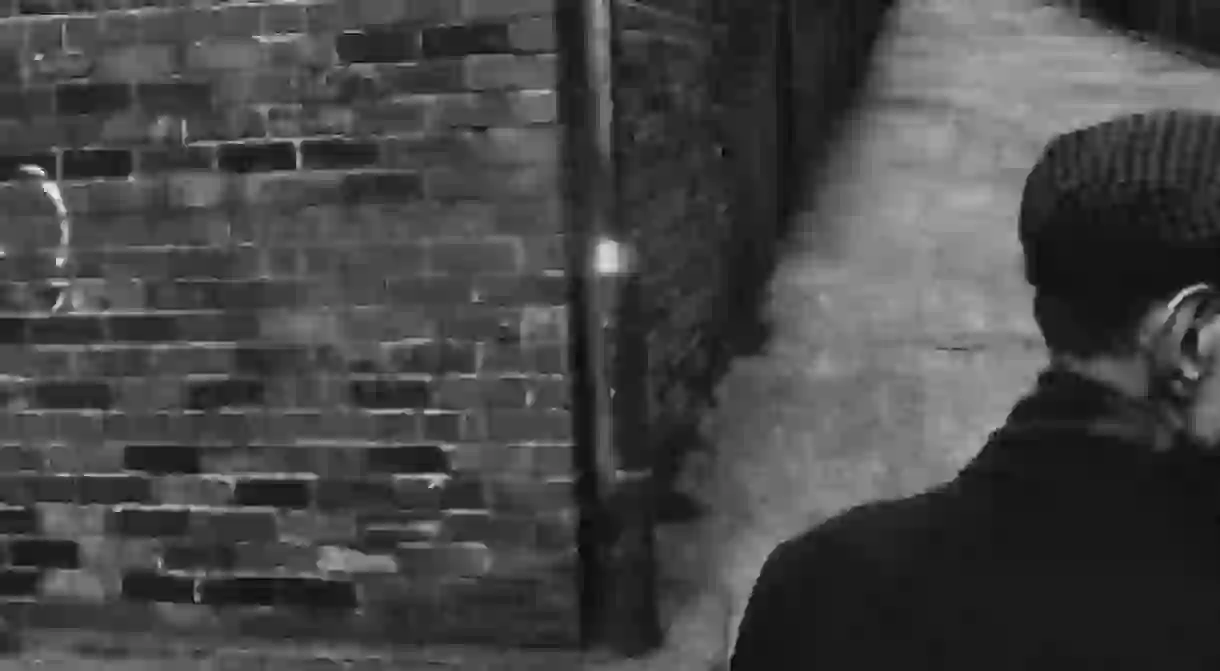Josef Koudelka | Documenting the Prague Invasion and More

Behind every great photo is a great photographer; someone with the foresight to know that his or her image might one day hold significance for far longer than the time it takes a bulb to flash. Josef Koudelka is one such photographer. His work has spanned decades, captured important historical events, and embodied the societal changes they recorded.
When it comes to telling a story of the past, few mediums are more powerful than a photograph. From Capa’s Falling Soldier to Tiananman Square’s Tank Man, iconic images have helped us to piece together and visualise historical events in a way that no book or description possibly could. Josef Koudelka, the man behind some of the most important photography and photojournalism from the 1968 Prague Invasion until the present day, has offered an almost unrivalled contribution to Europe’s historical, political and social consciousness.

Josef Koudelka was born in 1938 in Moravia, part of the former Czechoslovakia. He discovered photography at a young age and found freelance work as a photographer on the side, while working as an engineer. It soon became clear that photography was more than just a passion for Koudelka, and in the late 1960s he left his job as an engineer to focus on it full-time. He was living in Prague when the Soviets invaded in 1968, and was one of the few people to capture the events of that day. Shot in black and white, the depth of emotion in the images is startling, evoking bravery, fear, chaos, sorrow and despair. One particularly striking image depicts an elderly man standing in front of a burnt-out apartment block. In his hollow cheeks and desperate expression, observers are reminded of the severity of the events that have just taken place.
Koudelka’s photographs of the Prague invasion caught the attention of Magnum Photos, who published them in British publication The Sunday Times Magazine under the alias ‘PP’ for ‘Prague Photographer’. Soon, these images became the standardised version of events in the eyes of people the world over, and Koudelka – or rather his anonymous alias – was awarded the Overseas Press Club’s Robert Capa Gold Medal. This esteemed award put Koudelka in the same category as Capa; he was now a photographer on the frontline, risking his life to record history.
Some years later, Koudelka sought political asylum in Britain, where he joined forces with Magnum Photos – the agency of which he is still a member today. Over the years, his photos have continued to provide detailed cultural narratives of society’s changing face, particularly in a European context. His photographs provide a visual diary for example, of the historical transition from the former Czechoslovakia to the Czech Republic of today, passing through Nazi and Soviet rule, communism, social republicanism and economic hardship. The story of the modern Czech Republic is a fascinating one, yet the details would have been a great deal hazier without the help of Koudelka and his work.

One subject that has received much critical acclaim is Koudelka’s depiction of Roma gypsy communities throughout Europe in the 1960s and 70s. His pictures provided a window into the culture of a community that had yet to be penetrated, and one that carried – and continues to carry – an element of taboo and misunderstanding. One especially striking aspect of this collection is the portrayal of childhood; Koudelka captures the playfulness and innocence that provided mainstream society with an avenue for relating to the gypsy population. One photograph shows three young boys in a field, desperately attempting to flex their muscles for the camera. The photo is light-hearted in its content and aesthetic, but has a great deal to say about the coming of age, gender and bravado.
This collection of photographs explores themes that have become synonymous with the Roma community. Another image underscores the importance of family; an extended group of relatives gathered are around an open coffin, their clothes and expressions dark compared to the ethereal brightness of the body. Another depicts music; three stony-faced and smartly dressed young men play string instruments for a merry crowd. And yet another depicts a deep sense of community; locals are working together to reconstruct a murder scene while the accused stands in front of the camera, almost forgotten amidst the chaos.
To scroll through Koudelka’s portfolio is to see a brief history of the modern age. His later works from the late 1980s to early 2000s document his travels around Europe, capturing the essences of the places where he set foot. There is a photo of the Fallas festival in Valencia – traditionally a festive carnival of colours and music and gaiety – which is offset by the eerie gaze of a female carnival float figure. A man walks through the scene, yet Koudelka has managed to capture the figure in a way that makes the inanimate figure seem like the person, and the man like the caricature. A photograph of a religious pilgrimage in Ireland in the late 1970s could easily be an image of early 20th century farmhands. In short: Koudelka takes the expected and makes it unexpected.
A later era of his photography focuses on industry and changing landscapes. This collection – unlike most of his others – barely features people at all, instead putting the onus on the brutalism of industry against the European landscape. Again, Koudelka does the unexpected, and somehow manages to take the ugliness of industry and create something that is aesthetically pleasing. An image of an opencast mine in Germany takes on the appearance of a Sierra mountain or majestic wave.
Josef Koudelka currently resides in France, where he shows no signs of slowing down; he has recently published a book of photographs depicting the Israeli/Palestinian conflict. As his body of work continues to grow, we can’t help but feel that when it comes to Josef Koudelka, we are witnessing a living legend at work.













